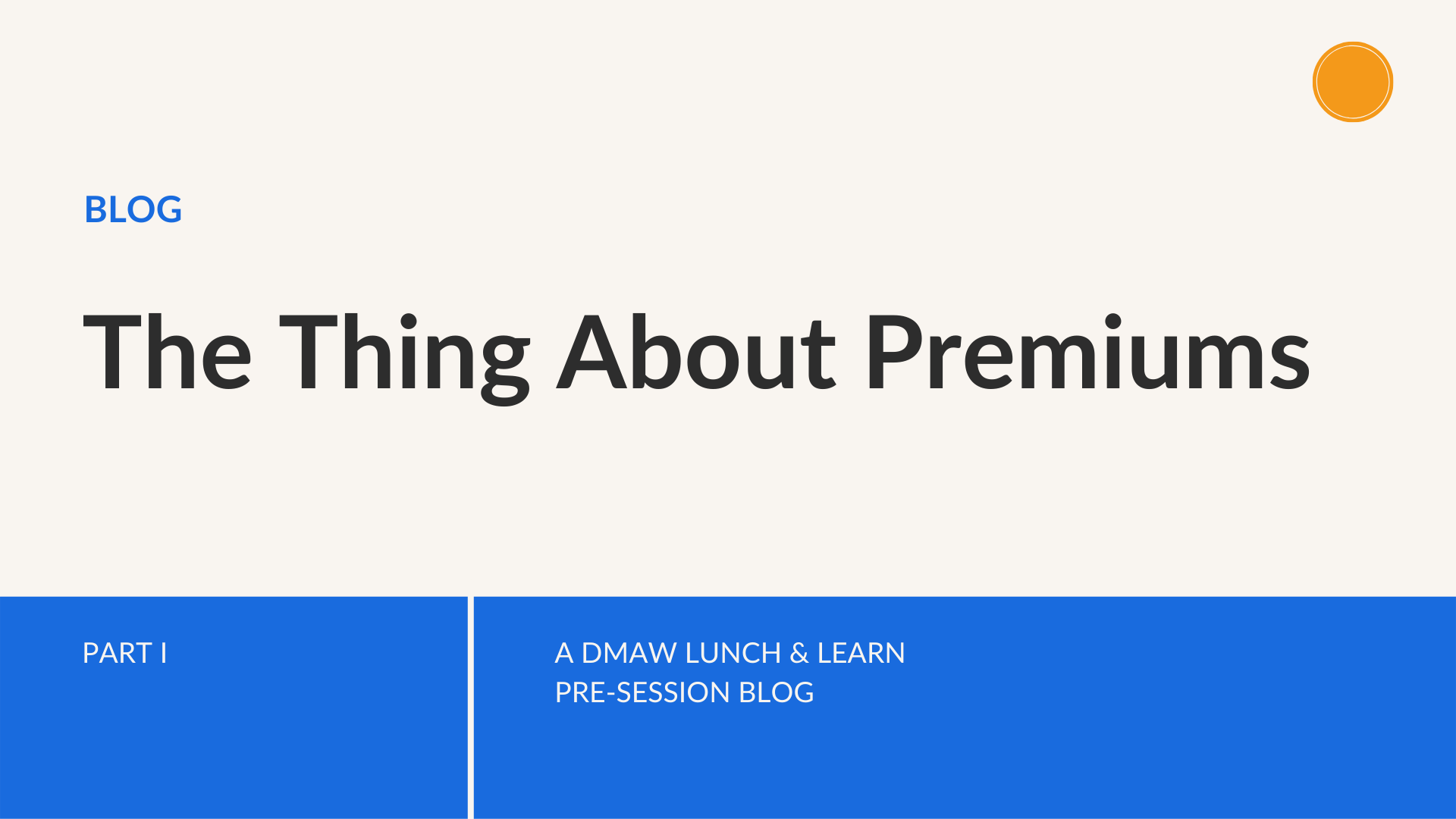The Thing About Premiums – Part I

What is it about premiums that seems to create such angst and disdain? I’ve seen articles that compare direct mail premiums to crack, that say they are ruining the relationship between non-profits and their donors, basically using unethical practices to trick or coerce donors out of their money. What fervor! Such outrage! You would almost think we were selling reverse mortgages.
Yet, many fundraising programs use these items and seem to be doing well. So, what is it about these items – address labels, cards, calendars, notepads, keychains, etc. – that make them work to raise money? I’m not going to talk about donor thought process or motivations or any of that. I’ll leave that to the researchers to explain what goes on in a donor’s mind when they receive these items. If you really want to understand how donors react to your campaigns, I can direct you to Moore’s Neuro-Fundraising Lab where fundraising meets psychology. One recent project demonstrated clearly that donors often see these premiums as gifts to them from the people who are being served. But I digress.
I’m going to talk here about the numbers – the responses in aggregate – when these items are included in direct mail gift solicitations and why non-profits can truly utilize these items to create a large, stable, and growing fundraising program. So, let’s all put our opinions to the side for just a bit and talk about how premiums actually work.
Part 1: Using Premiums to Acquire Donors
First and foremost, there are a limited number of people in this country who care deeply about what your organization does. And an even more limited number who, when first asked, will support your cause with a financial contribution. How limited that number is varies widely – but the point is the same. Your acquisition piece needs to be engaging enough for your potential donor to read it and think about what they are being asked to support. And the reality is that including a tangible item in that first envelope will improve open rates. Once they are in the envelope, they can read the information inside. And yes, that premium does start to create a transactional relationship with your potential donor. Transactional relationships aren’t bad – you need your donors to transact with you to raise money. We know from years and years of testing that including a premium in your acquisition mailing will increase response rates, at times up to even five to ten times more than that of non-premiums. Bottom line, you will acquire more donors.
Because premiums generate interest from people who may not immediately know they want to support your organization, the list universe that will work to acquire donors with these techniques is larger – much larger. There are more people that you can reach successfully, and with higher response rates, you have the opportunity to acquire more donors at a better net investment. I hear complaints that the average gifts are lower. But the higher gifts are also still there. Take a look at the individual gifts and I’ll bet you will find that you still get those higher dollar donors who are already more invested in your mission, and you are also getting lower dollar donors. As long as they can pay for themselves and generate net revenue in the future, more is likely to be better.
Register to secure your spot for DMAW's Lunch & Learn "Premium vs. Nonpremium" – an info-packed session on Wednesday, April 6 from 12 - 2 PM at SEIU in Washinton, DC.
Stay tuned for Part 2: Premiums and retention!

Becky Odum, CFRE, Chief Strategy Officer, Edge Direct
